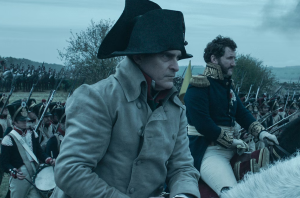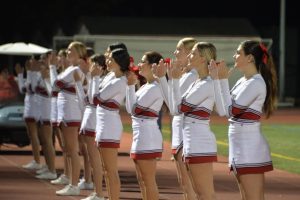Social Media Use Dominates Presidential Election
November 1, 2016
In 2006, the Internet was new to the world of government and politics. In 2008, Facebook claimed its first election. Three years later, social media proved to play a vital role in the modern political climate during the Arab Spring halfway across the world. Now, Twitter, Instagram, and Facebook are essential campaign tools for 2016 presidential candidates. Donald Trump leads the social media race by accumulating 3 million likes on his Facebook page, 12.4 million Twitter followers, and 2.6 million Instagram followers. Meanwhile, Hillary Clinton stacks up 9.44 million Twitter followers and made the first Snapchat ad attack in August of this year. For better or worse, the candidates are bringing a new meaning to ‘trolling’ in the midst of the most polarized election in recent history.
While news networks have had field days covering the multitude of twitter battles in the presidential campaign, including blunt insults from Trump and calculated rebuttals from Clinton, voters have shown contempt for the amplified effect social networking sites have on the new scandals and vitriolic statements being discussed on social media.
On the subject of Trump’s latest social medias blunders, involving a series of sexist late night tweets and the “locker room talk” videos released by the Washington Post on October 7, junior Benjamin Kassel said that “social media has not necessarily filtered my own perceptions or opinions, but rather amplified them.”
When more and more details of the candidates’ public and personal lives are being exposed through social media, voters are often overwhelmed or distraught by the onslaught of information.
“I would say that 20-25% of my [Twitter] feed is made up of posts related to the election,” Kassel said.
As technology has extended beyond the influence of 2012’s Facebook election, students are finding that the election has become more of a cultural phenomenon; a national transformation that Kassel agrees has “mobilized the younger generation.”
However, a flood of digital news is not always helpful in fleshing out facts from opinions. United States History and AP Government teacher Alison Liberatore, who is outspoken about the impact of stereotypes and technology on education, warns about the potentially nuclear influence of social media on the typical voter.
“It’s a way to get information,” she said of the credibility of cyber sources. “But it’s a way to get information from sources you’ve selected. So you’re probably getting things from sources you already agree with. And they’re short so the emphasis becomes more on the person and the personality of the person.”
Even the interactive nature of social media can be distracting. “Every single thing that each candidate says and does is recorded, which is tricky because they talk a lot. Anything they say can be turned into a gif and get wildly circulated for more than what it is,” Liberatore continued.
However, some believe that social media has transformed this generation of voters for the better. Senior Jackie Greene believes that the uproar causes over social media blunders has ultimately captured younger voters’ attention to the point where they can more easily “see certain characteristics of the candidates that are of importance.”
Although she will narrowly miss the voting age in November, Greene will be prepared for the political decisions she will make when the time comes, because “social media has increased my awareness of the rhetoric that certain candidates use and influenced my decision in not voting for them.”
Burlingame High School alumnus Darian Douraghy, who graduated as the 2016 election was gaining momentum, also says that social media has opened doors for young voters by introducing alternative candidates, such as Libertarian Gary Johnson.
On his choice to vote for a third party candidate, Douraghy is not worried about detracting from either of the primary candidates, saying that “one of the major reasons [for doing so] is that Hillary and the DNC cheated Bernie out of the nomination.”
Douraghy also emphasized the trust issues many voters have regarding each candidate. The younger generation of voters, who use social media as their primary platform for political expression and as a source of information, is facing an unprecedented dilemma that leaves many dissatisfied with their choices or voting for third party candidates. According to Liberatore, conservatives at Burlingame reflect the overall state of the Republican Party, with some students clearly and outspokenly supporting Trump, and others struggling to identify with Trump’s “unpolished” persona.
This political landscape is similarly divided in younger liberals at the school, who would rather vote for Bernie Sanders or a Green Party candidate than the Democratic nominee. The result of such a divide is a mix of frustration and relief among teenagers.
“I’m relieved I am missing this election as a 16-year-old,” Kassel said.
“I hope to start with something much less volatile… something where candidates are judged by their political experience rather than the severity of their personal attacks.”
Regardless of one’s political identity, it is imperative that voters of all ages research their candidates.


![WASC looks for more than the basic California State standards. According to chairperson Mike Woo, “As new rules and new concerns come up through society, [WASC] look[s] is the school doing something about that. Like the biggest trend post-COVID is mental wellness. So is your school doing something to address the mental health of the students? Along with are they still doing the proper academics?”](https://theburlingameb.org/wp-content/uploads/2024/03/IMG_3401-1200x1200.png)
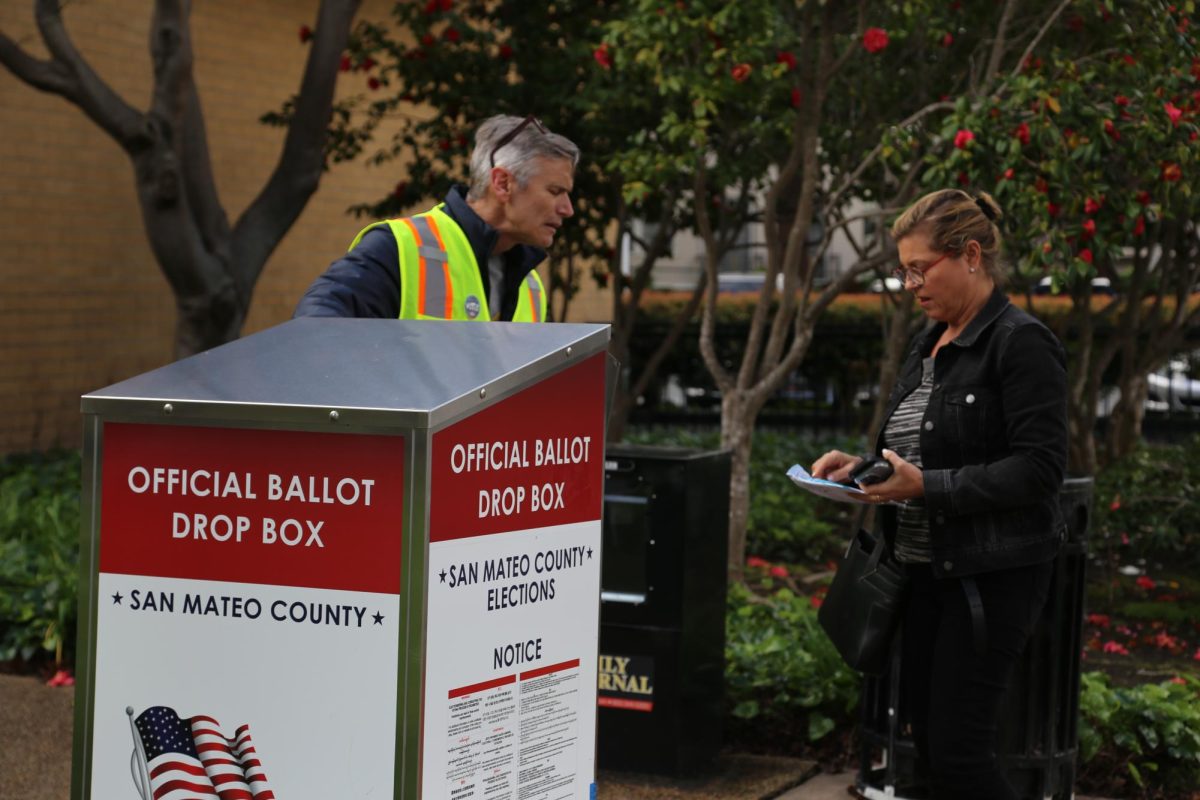



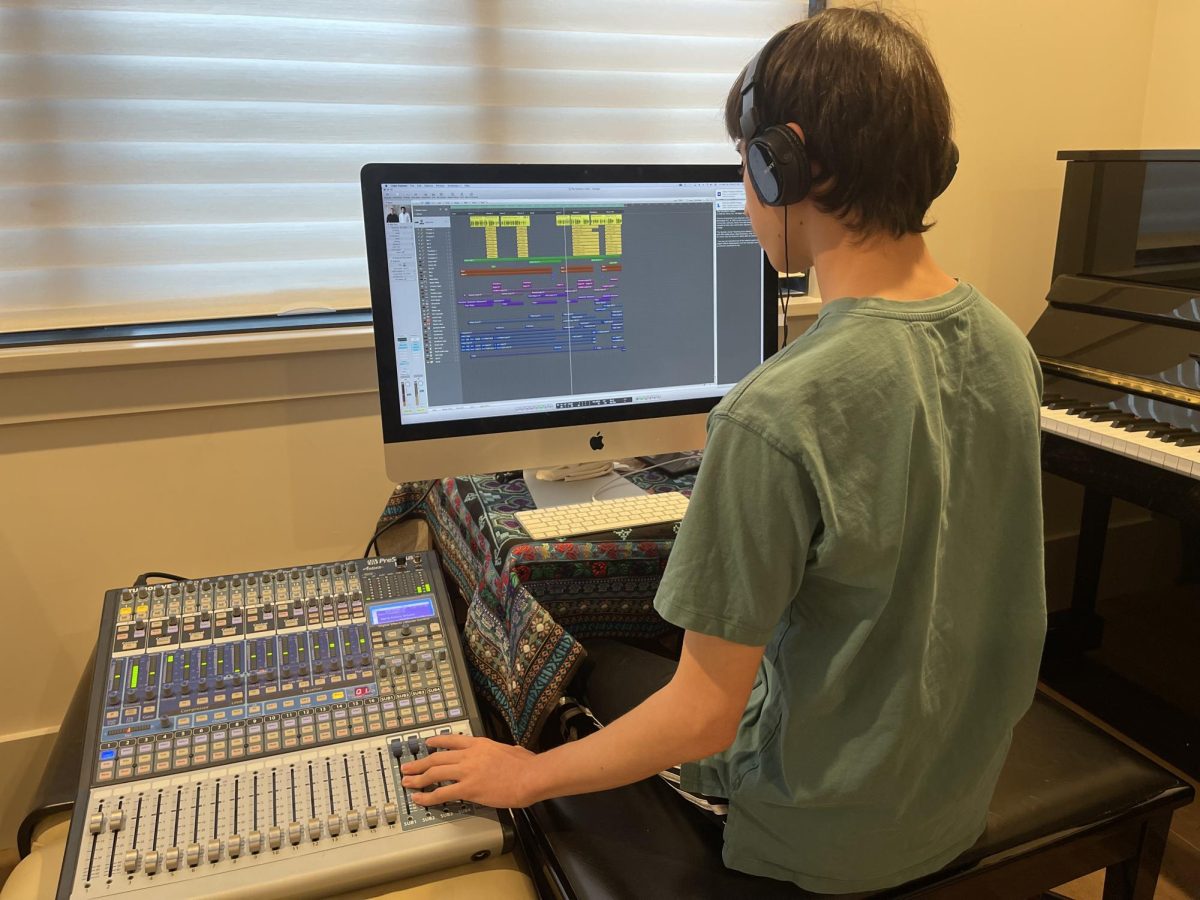
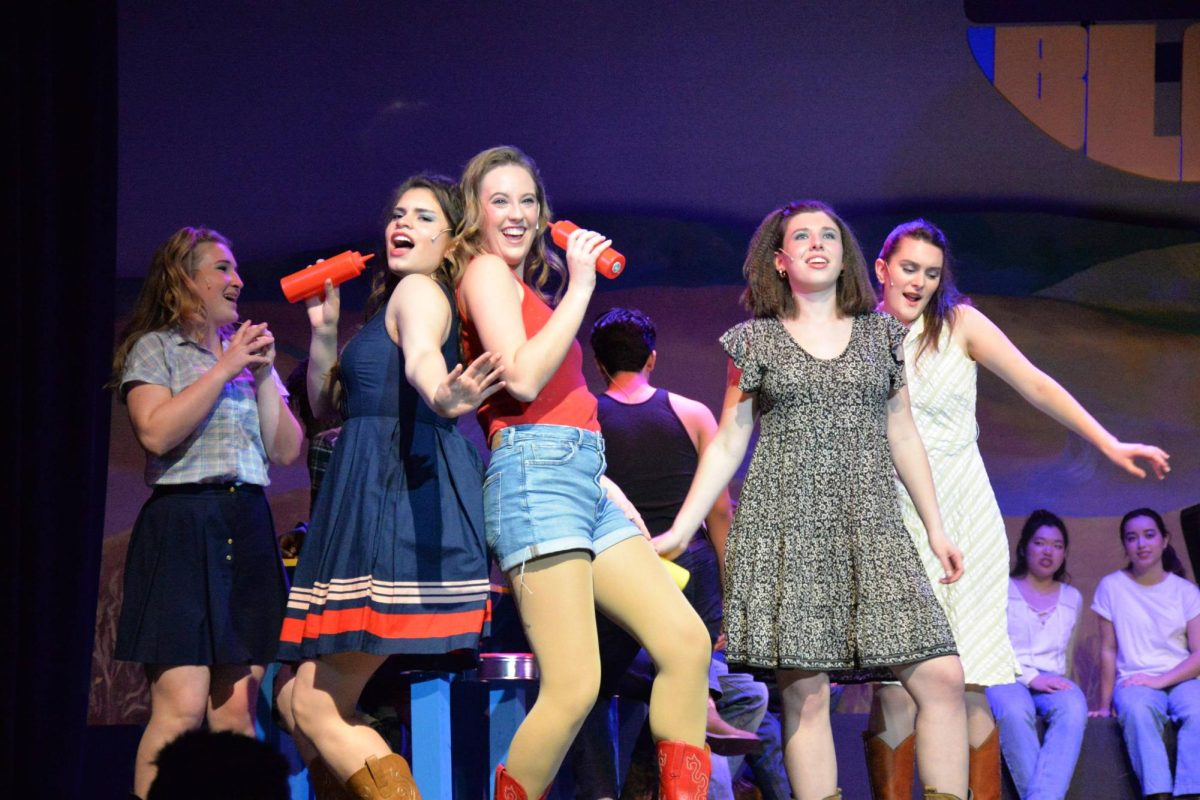
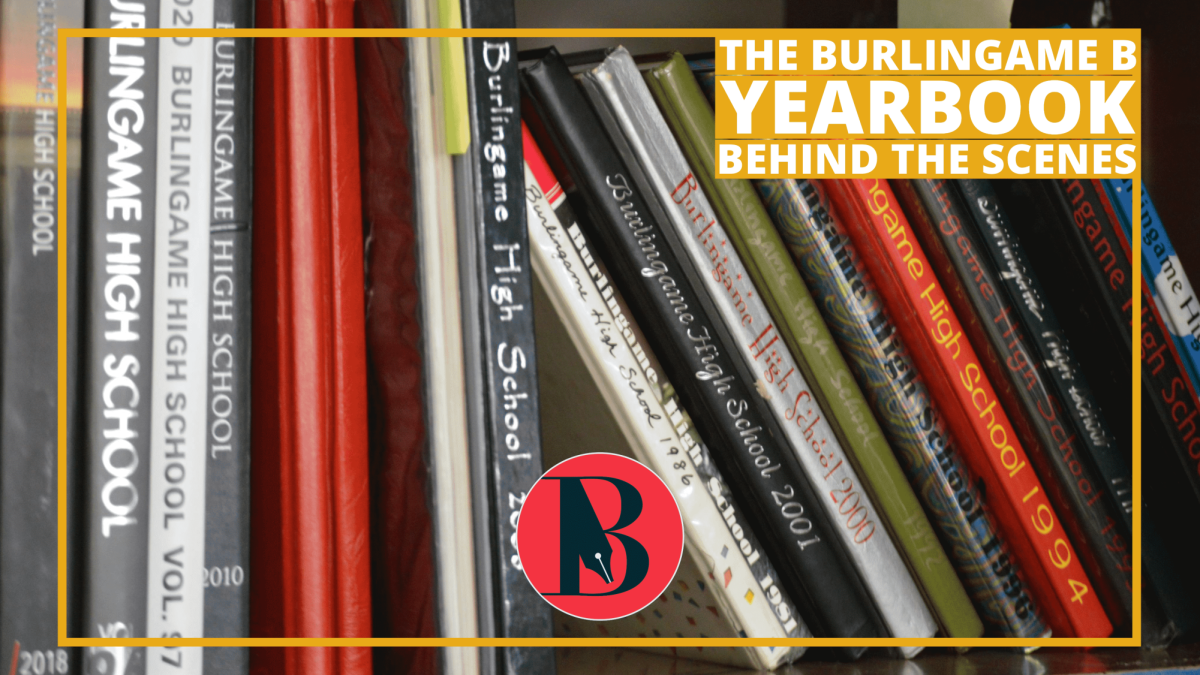
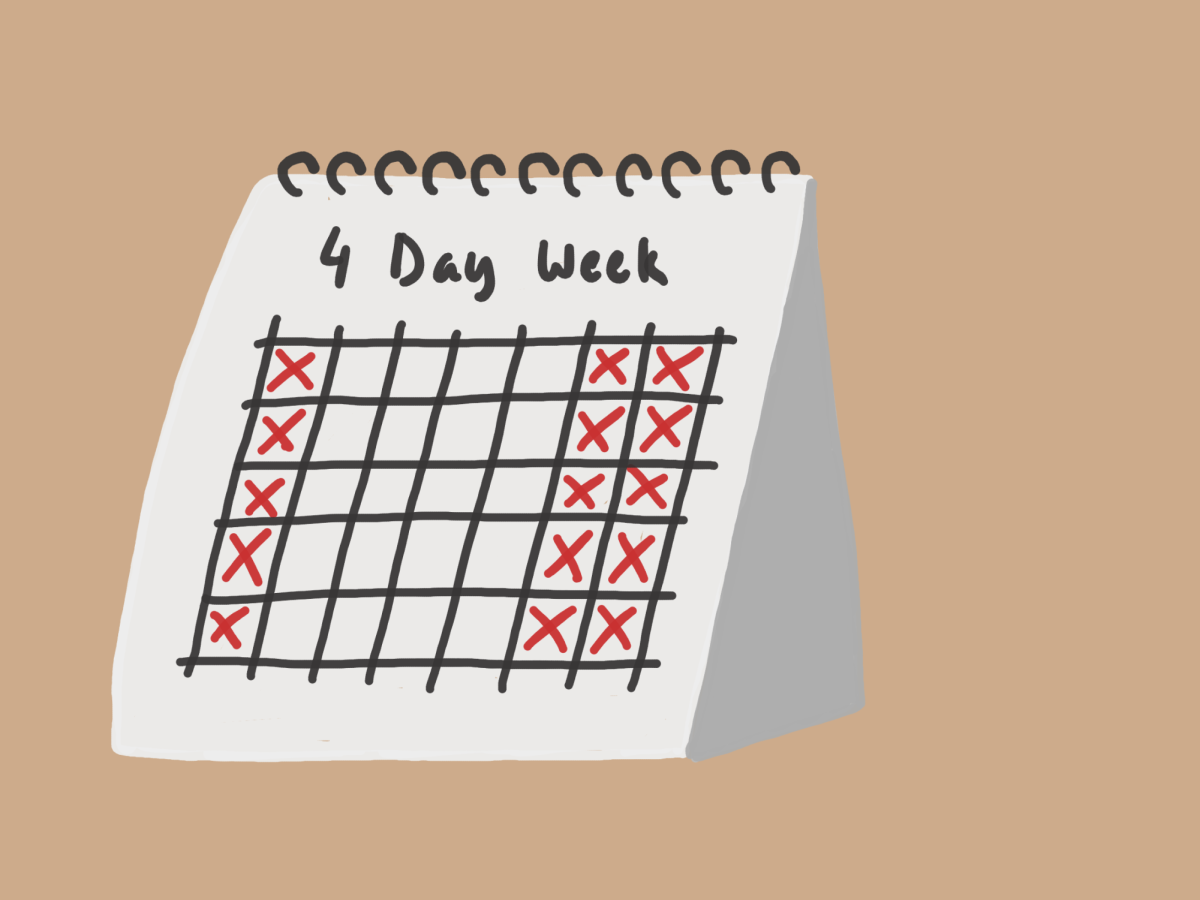
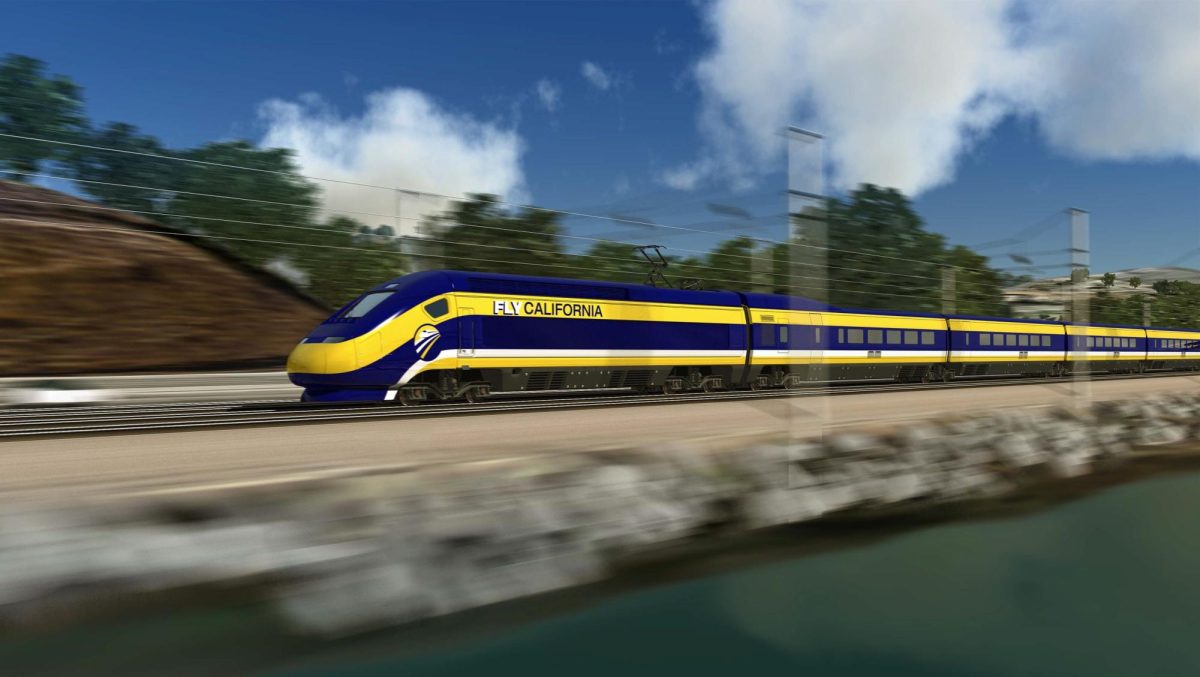


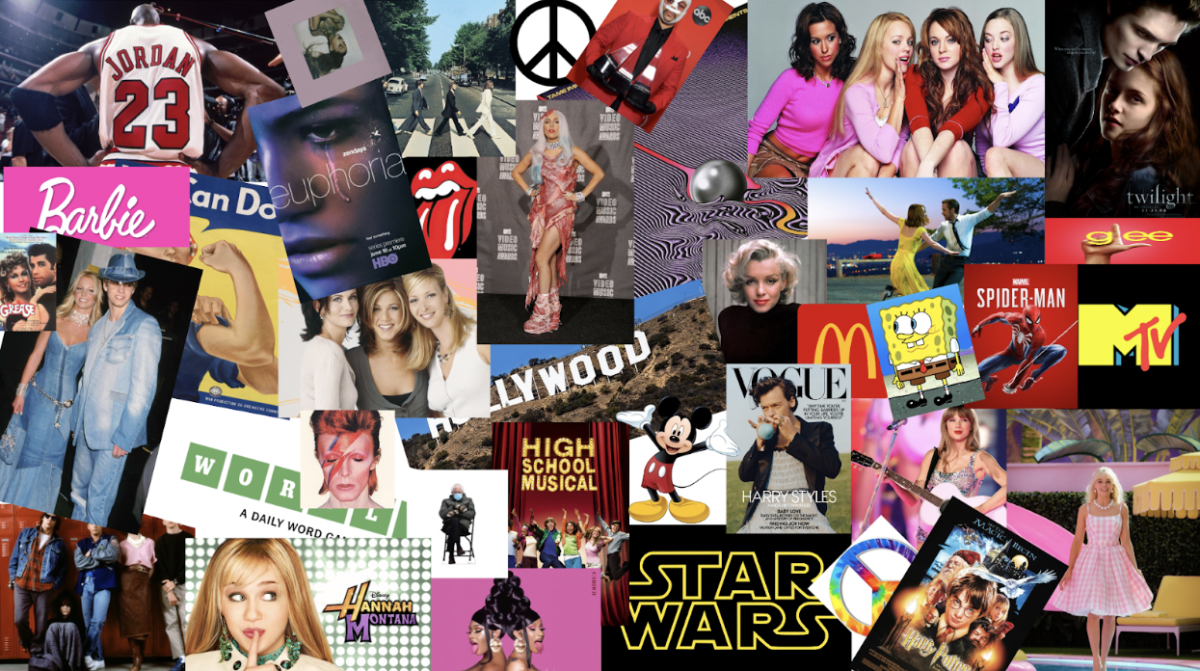
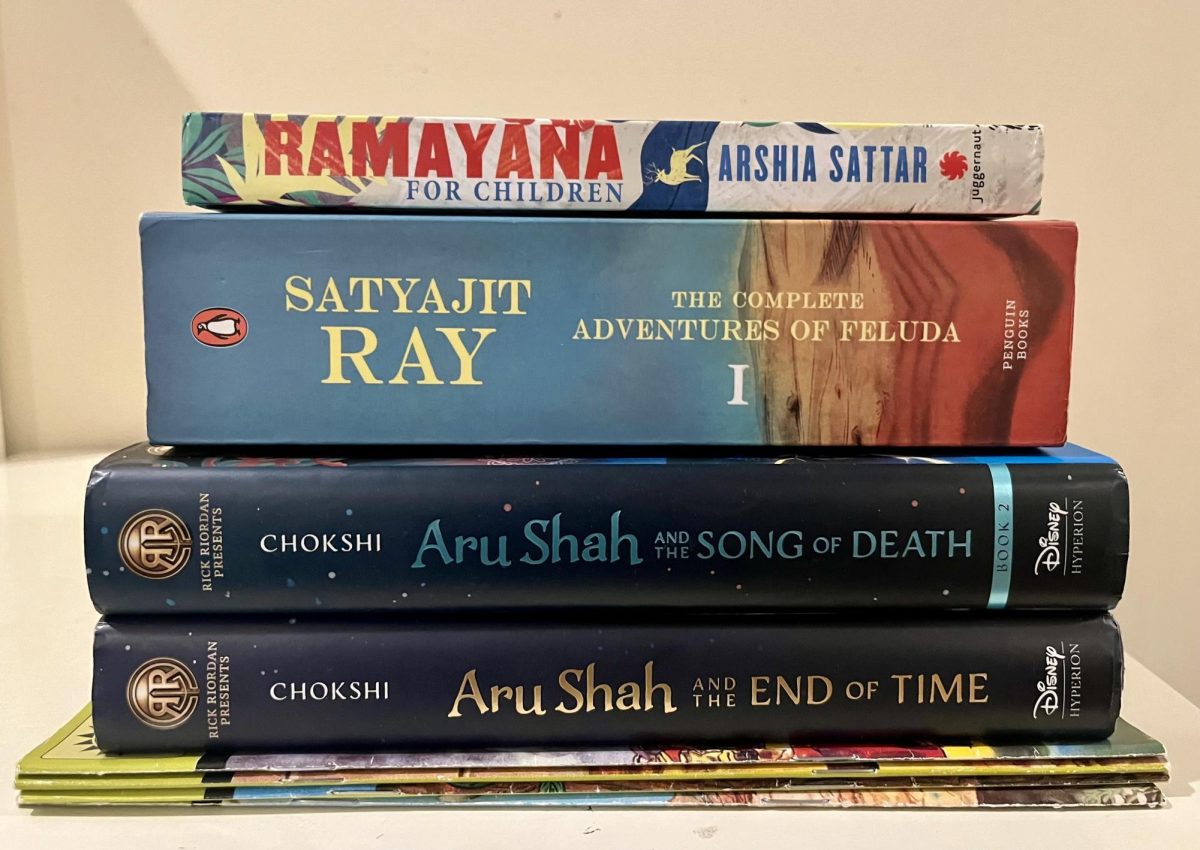
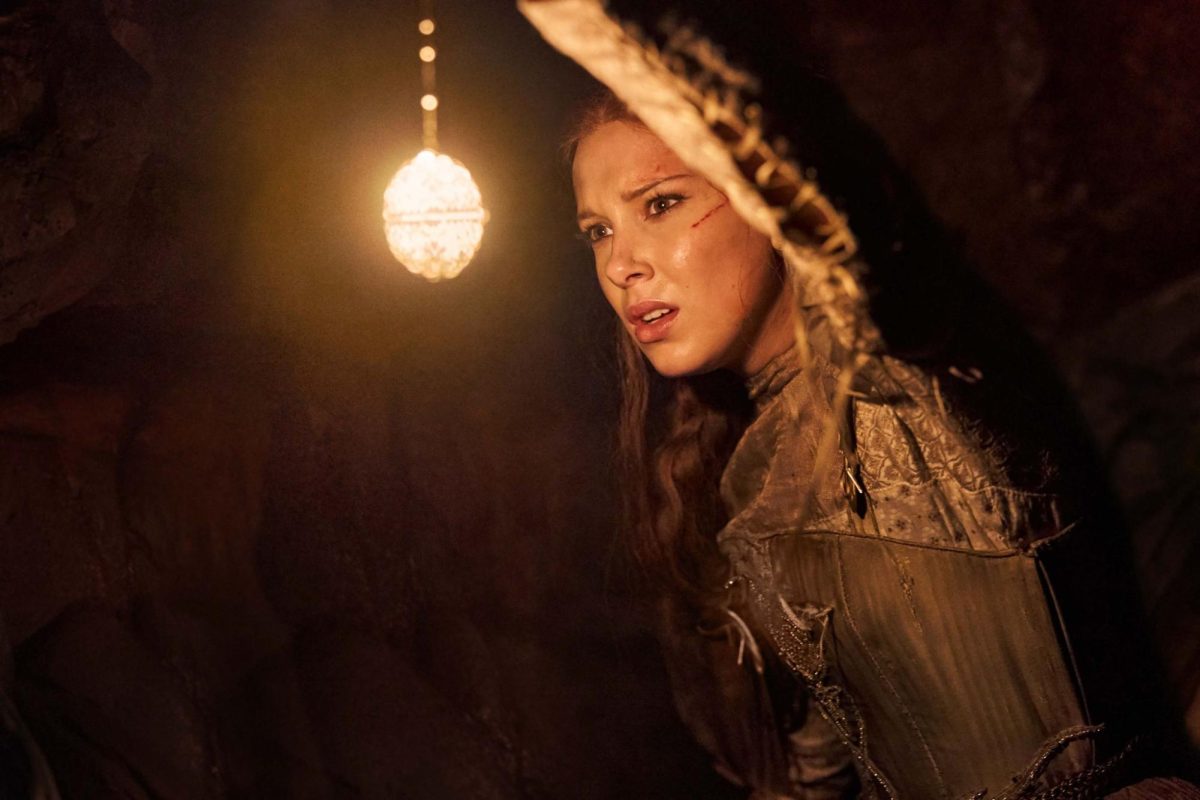
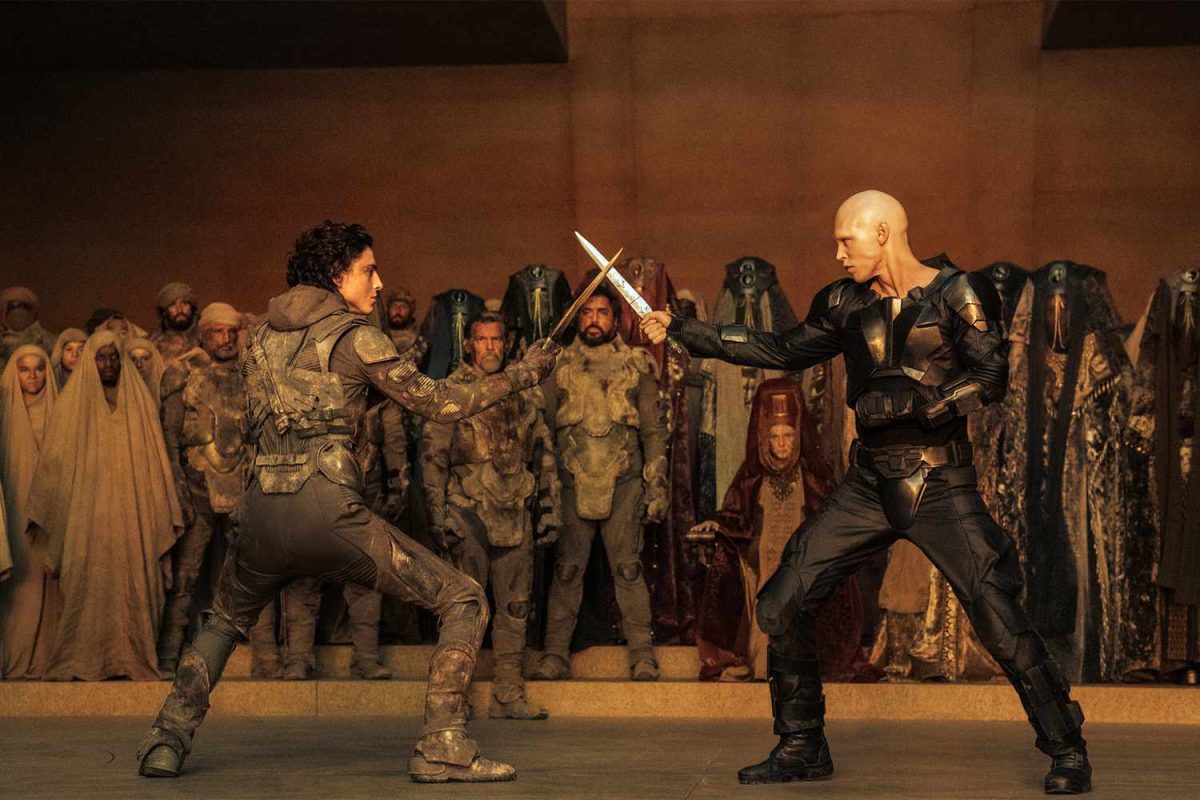



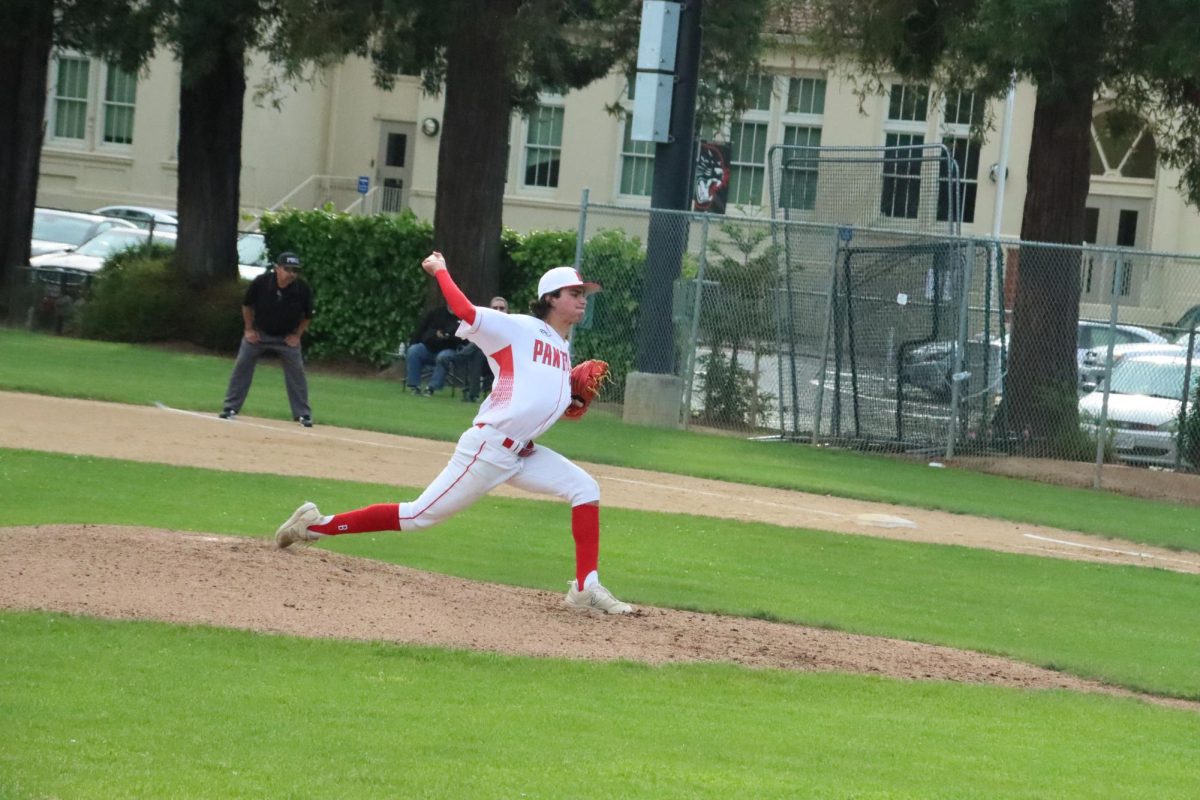
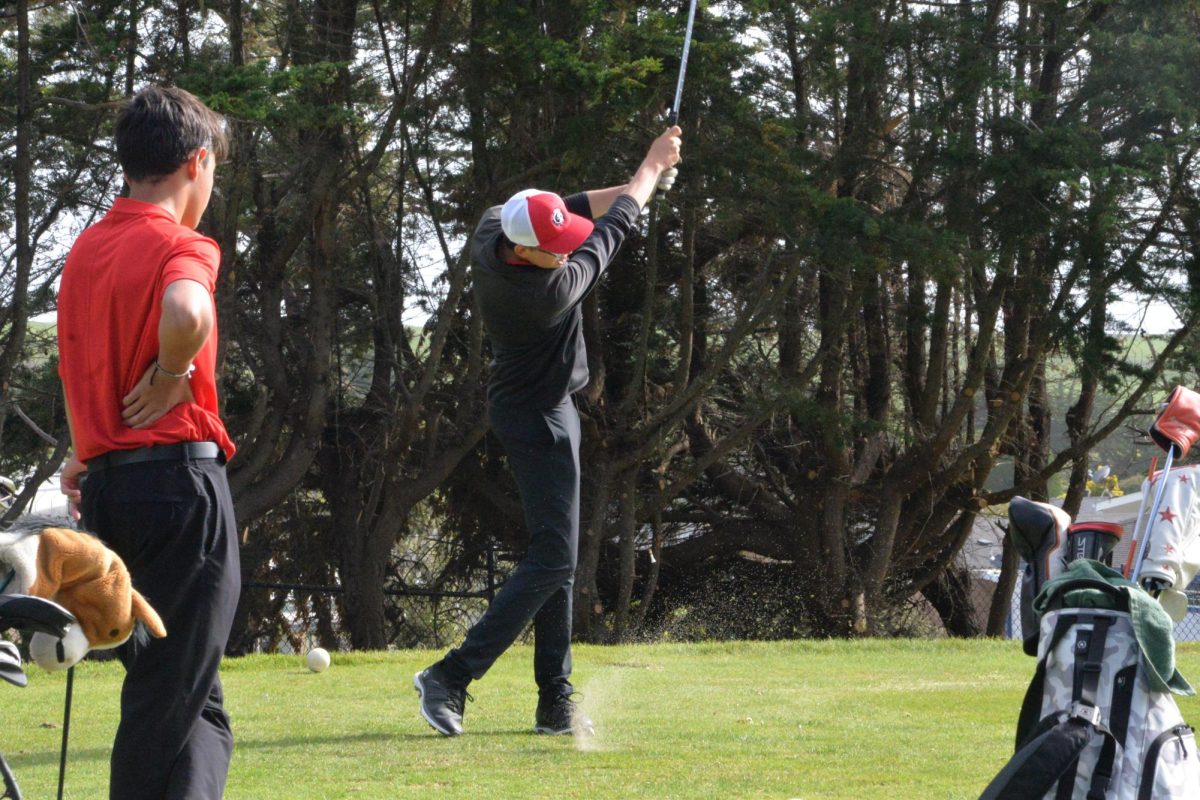
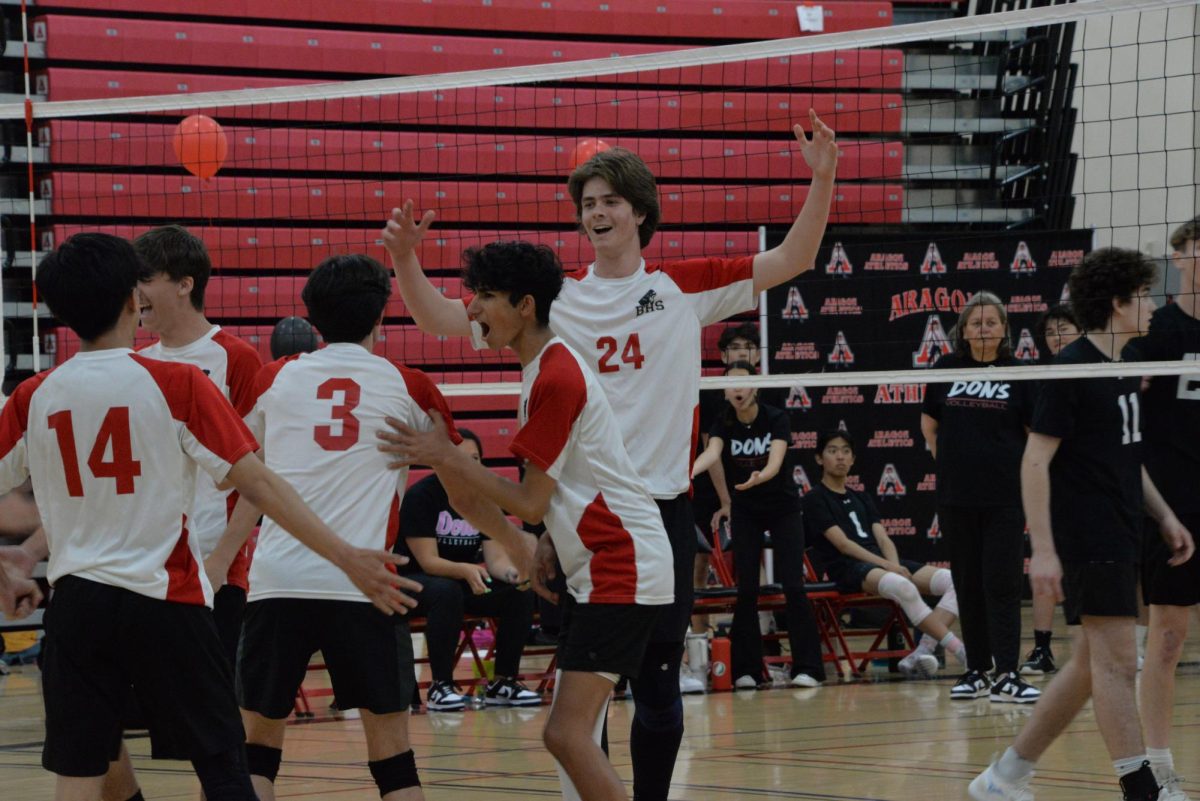

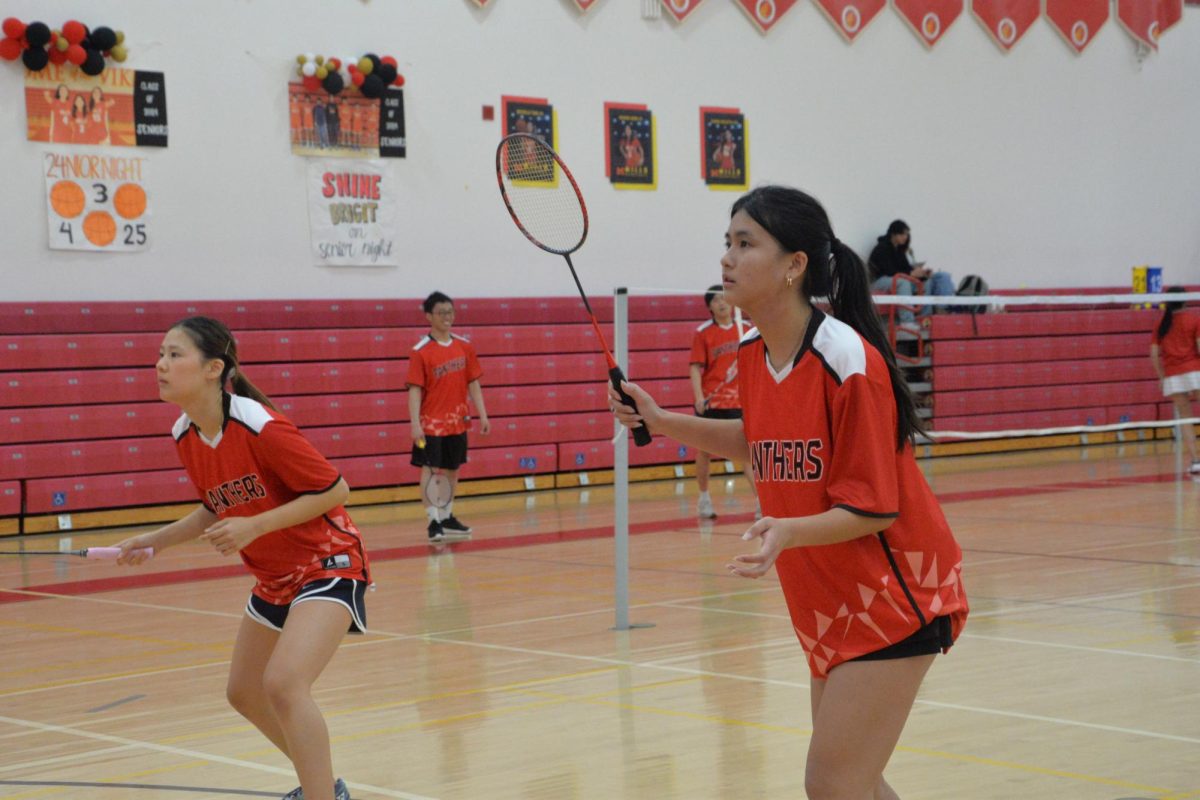

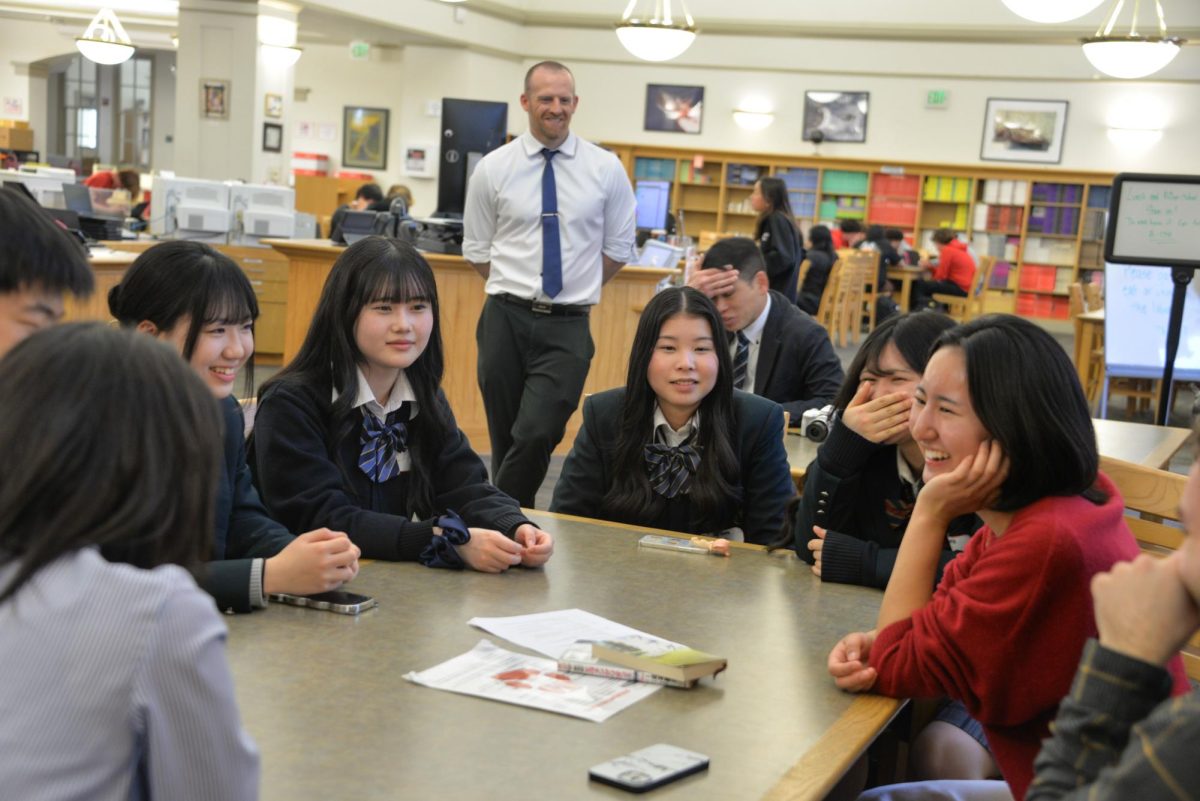
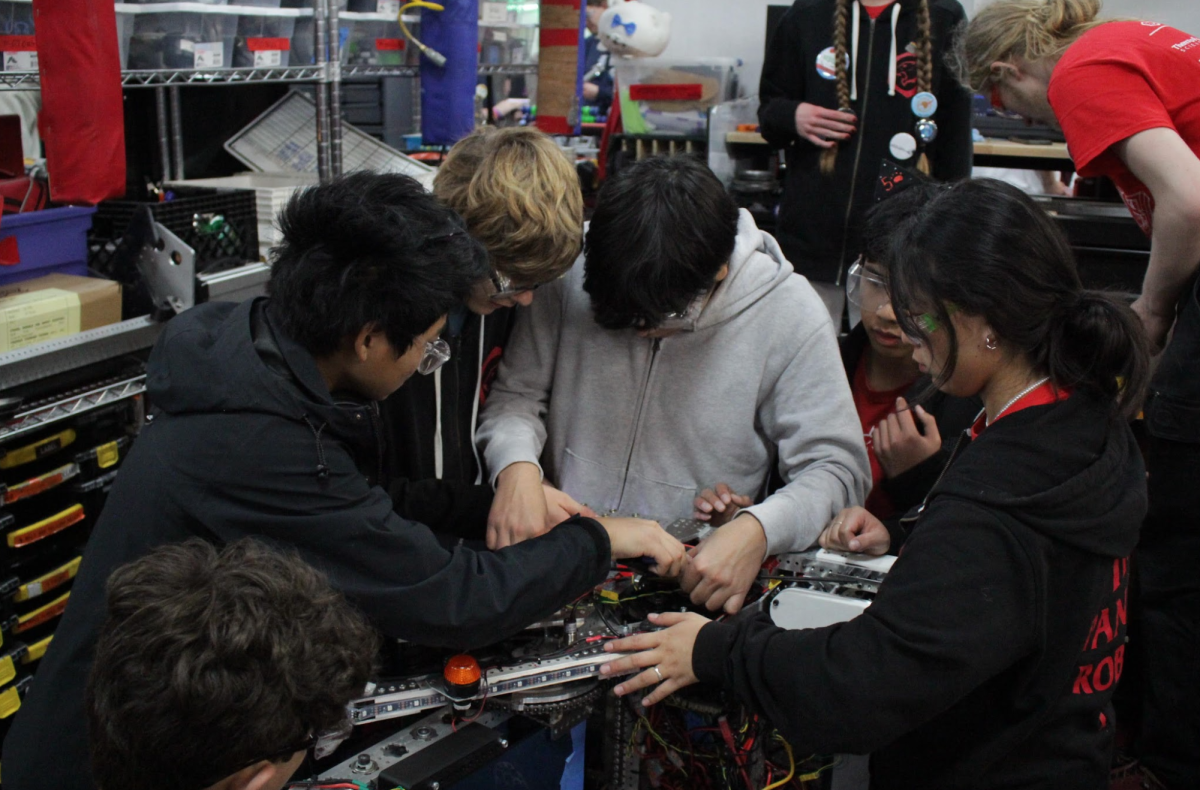
![“For me personally, I want [others] to see the music program as a strong union because we can really bring out the life of our school,” Vega said. “We need music, you know? Otherwise, things would be really silent and dead.”](https://theburlingameb.org/wp-content/uploads/2024/03/unnamed-1200x801.jpeg)



